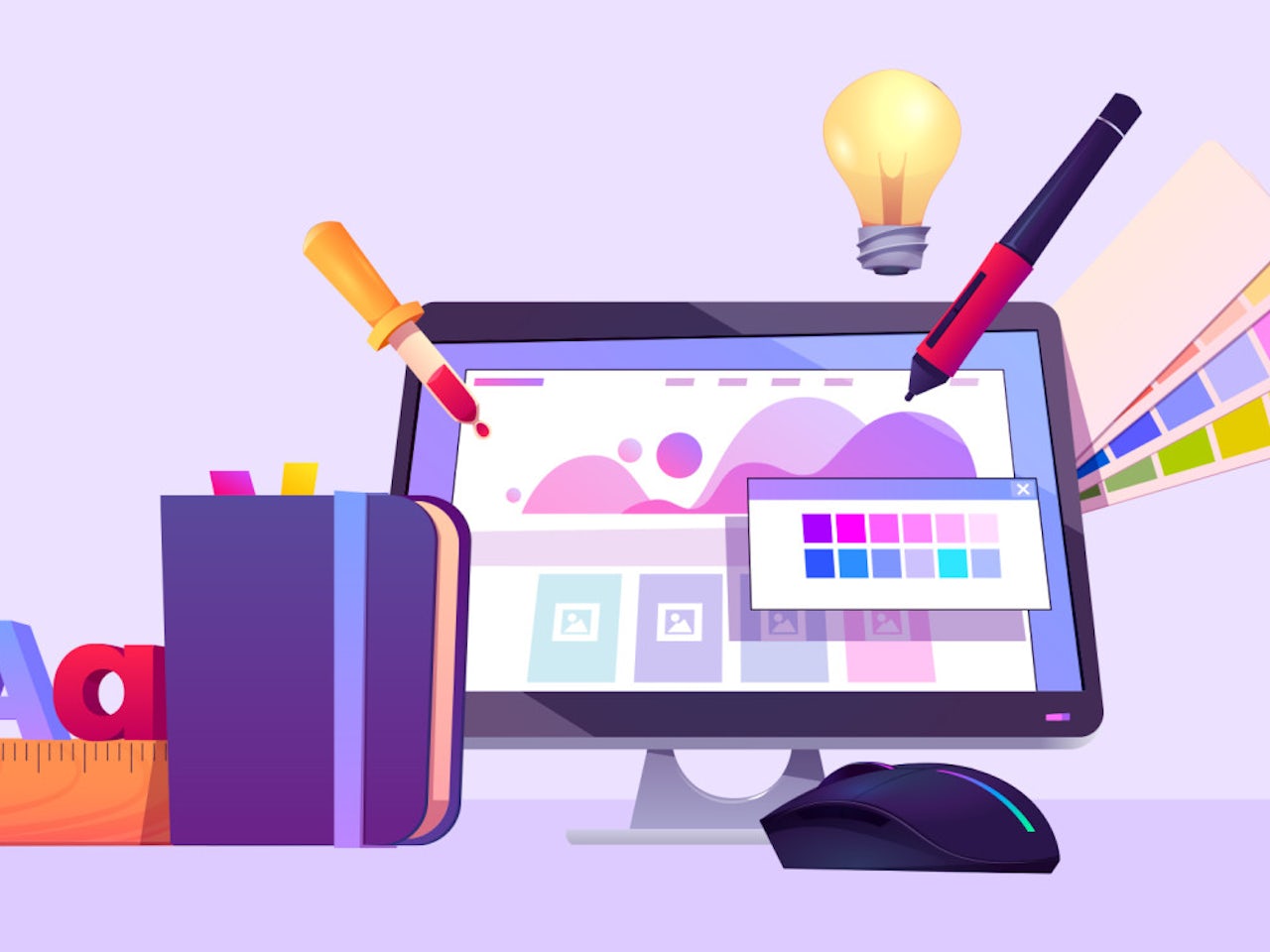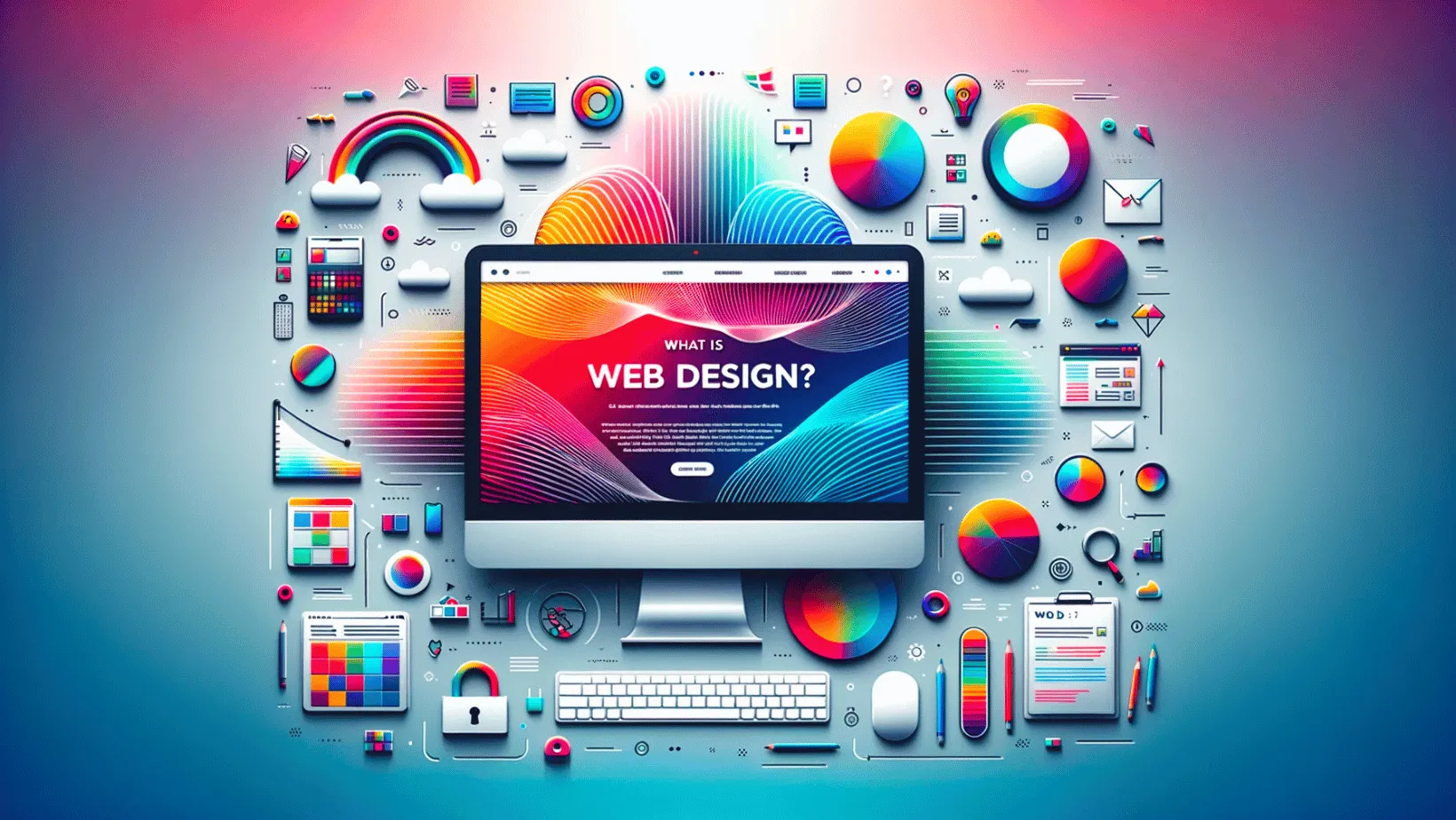Tailored Website Design Solutions for Little and Big Organizations
Maximize Individual Experience With Ingenious Website Style Solutions
In today's digital landscape, optimizing individual experience via innovative internet site style services is essential for organizations looking for to engage their audience successfully. By embracing user-centric design concepts, companies can produce user interfaces that not only fulfill customer requirements however additionally improve overall satisfaction. Key factors such as responsive formats, user-friendly navigating, and reliable aesthetic hierarchy play a crucial role in this procedure. Nevertheless, the assimilation of interactive aspects can even more elevate the customer journey, motivating a reevaluation of standard style techniques. What strategies might emerge when we take into consideration the advancing assumptions of customers?
Comprehending User-Centric Layout

To execute user-centric design successfully, it is important to carry out complete research study, including user interviews, studies, and usability testing. These research study approaches supply valuable information that educates design decisions, guaranteeing that the end product aligns with customer expectations. Furthermore, producing customer personas can help developers picture and understand with the end-users, directing the style procedure towards much more pertinent options.
Moreover, iterative design is a key element of user-centric techniques. By continuously testing and refining designs based on user comments, designers can determine pain factors and areas of improvement, resulting in an extra refined end product. Eventually, user-centric layout is not just a phase in the advancement procedure yet a continuous commitment to prioritizing customer needs, causing even more appealing and effective digital experiences.
Significance of Responsive Layouts
As electronic communications significantly happen across a range of devices, the value of responsive formats can not be overemphasized. A receptive format makes sure that a website adjusts effortlessly to different display dimensions, from desktop monitors to smartphones. This adaptability is essential in today's multi-device landscape, where users expect a constant and engaging experience regardless of exactly how they access material.
The key advantage of receptive style is boosted user satisfaction. When a website is maximized for all gadgets, it minimizes the requirement for zooming, scrolling, or straight navigation, which can lead and irritate customers to greater bounce rates. Additionally, search engines like Google prioritize mobile-friendly web sites in their ranking algorithms, making responsive designs crucial for effective SEO approaches.
Furthermore, receptive layouts help with less complicated upkeep and updates. Rather of taking care of different versions of a site for different tools, a single, fluid design can be modified, saving time and sources. This holistic approach not only boosts efficiency however likewise cultivates brand comprehensibility throughout platforms. Inevitably, investing in responsive formats is not just a pattern; it is a fundamental principle of modern website design that dramatically boosts customer experience and engagement.
Enhancing Navigating and Ease Of Access
Efficient navigating and availability are crucial parts of a well-designed internet site, considerably influencing individual interaction and fulfillment. An user-friendly navigating framework enables visitors to find information promptly and without effort, lowering irritation and boosting the chance of repeat sees. Executing clear, detailed tags for navigation links, together with a sensible pecking order, can direct individuals flawlessly via the website.
Ease of access is equally critical, ensuring that all individuals, no matter their handicaps or abilities, can communicate with the site efficiently. This can be accomplished through the use of suitable shade contrasts, message dimensions, and alt message for photos, which together enhance the experience for visually damaged customers. Moreover, incorporating key-board navigating and screen reader compatibility increases accessibility for customers with varied requirements.
Regular use testing can give beneficial insights right into navigating performance and accessibility problems. By collecting feedback from genuine customers, developers can identify discomfort factors and make educated changes. Inevitably, focusing on navigation and access not just fosters inclusivity however likewise grows a positive customer experience, enhancing the brand name's commitment to quality and user treatment in a significantly digital landscape.
Using Visual Pecking Order Efficiently
Aesthetic power structure offers as an assisting framework in website style, routing users' attention to one of the most important aspects on a web page. By strategically arranging aesthetic parts such as color, typography, and spacing, designers can create a clear pathway for individuals to follow. This structure not just enhances individual experience yet likewise improves content comprehension.
One reliable means to establish visual hierarchy is via the usage of size and scale. Larger aspects naturally bring in even more attention, making headlines and vital visuals prominent. Enhancing this approach with contrasting shades can additionally separate primary material from additional details, guaranteeing that vital information stands out.
In addition, the arrangement of aspects plays a vital duty in guiding individual interaction. Using a grid design can develop a natural flow, while whitespace assists to separate web content and reduce cognitive lots - Website Design. This click over here willful spacing enables users to refine info much more conveniently, bring about boosted interaction
Last but not least, using constant design patterns helps strengthen visual power structure, providing users with familiar signs as they browse the website. By focusing on these principles, designers can efficiently maximize individual experience, ensuring that visitors can effortlessly situate the information they seek.
Integrating Interactive Components
The unification of interactive elements right into internet site style can dramatically improve customer involvement and general experience. Interactive features such as sliders, quizzes, and surveys not only astound users yet also advertise energetic involvement, making the surfing experience more memorable. By encouraging users to interact, web sites can successfully preserve focus and minimize bounce rates.
In addition, integrating dynamic material like computer animations and hover effects includes an appealing layer of interactivity. These aspects can direct customers without effort via the site, highlighting crucial information and phones call to action. Animated switches can draw interest and boost click-through rates.
Additionally, personalization with interactive devices such as chatbots or referral engines permits web sites to satisfy individual preferences, cultivating a feeling of link. This tailored technique not only improves linked here user satisfaction but also urges repeat visits.
Including analytics tools to track interactions offers useful understandings right into user behavior, allowing continuous enhancement of the interactive aspects. Eventually, a well-designed interactive experience changes an easy surfing session into an interesting journey, causing increased user satisfaction and commitment. Integrating interactive components is my latest blog post important for taking full advantage of individual experience in contemporary internet site layout.
Conclusion

In today's digital landscape, making the most of user experience through innovative web site layout options is important for businesses seeking to engage their target market properly. Eventually, prioritizing navigating and availability not only promotes inclusivity but additionally cultivates a positive user experience, enhancing the brand name's commitment to high quality and user treatment in an increasingly digital landscape.

In final thought, making best use of customer experience through cutting-edge website style remedies necessitates a commitment to user-centric concepts. Website Design.